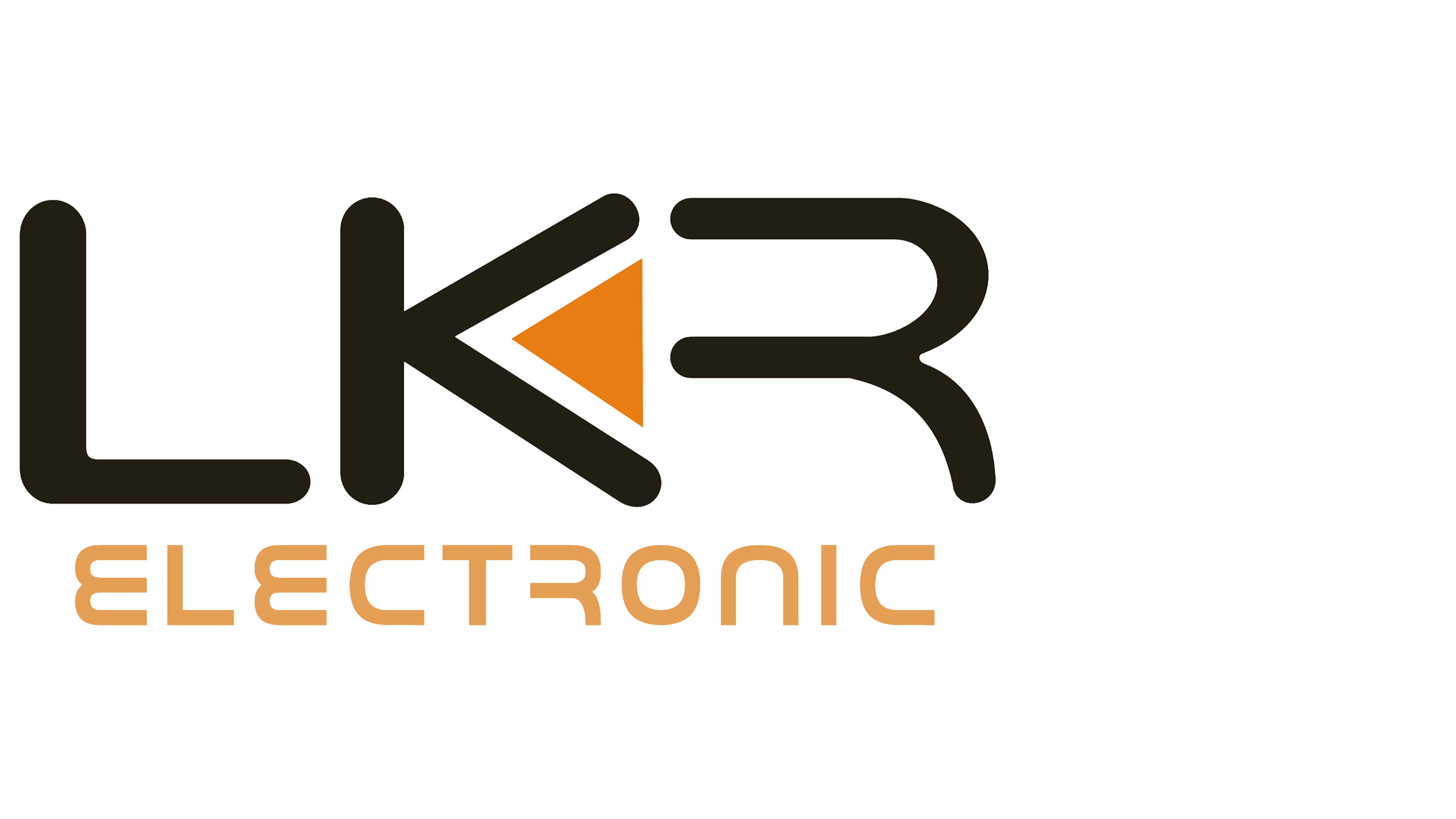Exploring ceramic simulation in electronic components: a premium technical solution
What is Ceramic simulation?
Ceramic simulation is one of the important technologies in the field of electronic components, which is widely used in various circuits and systems. These components include capacitors, resistors, inductors and filters, which are designed to manipulate electrical signals in different ways.
Ceramic analog components offer several advantages over other types of electronic components, such as high stability, low noise, and high temperature resistance. They also have high precision and can be manufactured to very tight tolerances, making them suitable for a wide range of applications from consumer electronics to aerospace and defense systems.
Ceramic analog capacitors, in particular, are widely used in electronic circuits due to their ability to store energy in an electric field. They are available in a variety of sizes and capacitance values, and have high voltage ratings, making them suitable for power supply circuits and filtering applications. This paper will introduce the overview of ceramic simulation, characteristics and specifications, product advantages, application fields and conclusions.
If you want to know more about ceramic simulation products, you can go to the electronic Components sales website: https://www.lkrelec.com, to get more information about ceramic capacitors, as a professional electronic components distributor, we have many brand official authorization, collect more than 2000 manufacturers, 10 million parts of components products, with spot inventory, free samples, fast delivery, product quality assurance features.
The main characteristics of ceramic simulation
1. Excellent electrical performance: Ceramic simulation has excellent electrical characteristics, including low loss, high quality factor (Q value), high frequency response, etc. These characteristics make ceramic simulation excellent in signal processing and conditioning.
2. Temperature stability: Ceramic simulation has good temperature stability and can maintain stable performance in different temperature environments. This makes it suitable for a variety of working environments, including high or low temperature environments.
3. Voltage resistance: Ceramic simulation has high voltage resistance and can withstand high voltage without breakdown or damage. This makes its application in high-voltage circuits more reliable.
4. Miniaturization and lightweight: Due to the characteristics of ceramic materials, ceramic simulations typically have a smaller size and lighter weight, suitable for compact circuit design and high-density integration applications.
5. Stability and reliability: ceramic simulation manufacturing process is mature, with stable and reliable performance. The material itself has excellent stability and can maintain good performance for a long time without aging or degradation.
6. Low cost: Because the ceramic simulation manufacturing process is relatively simple and the material cost is low, it usually has a low manufacturing cost and is suitable for large-scale production and application.
7. High integration: Ceramic simulation can be easily integrated with other electronic components to facilitate the design and manufacture of complex circuits and systems. This makes its application in modern electronic equipment more flexible and convenient.
Ceramic simulation is widely used in various industries
Ceramic analog components can be used in a variety of electronic circuits that require high stability, low noise, high temperature resistance, accuracy, versatility, high rated voltage and durability. Here are some common applications for ceramic analog components:
Communication: Used for signal processing and regulation of communication equipment, base stations, RF modules, etc.
Power electronics: Used for filtering and regulating power electronic devices, AC/DC converters, switching power supplies, etc.
Automotive electronics: Used for signal processing and regulation of automotive electronic systems, engine control units, in-vehicle entertainment systems, etc.
Medical equipment: used for signal processing and adjustment of medical imaging equipment, medical monitoring equipment, laser treatment equipment, etc.
Industrial automation: Used for signal processing and regulation of industrial control systems, sensors, robots, etc.
Oscillators: Ceramic resonators are used as frequency-stabilized oscillators in clocks, timers, and other timing circuits.
Filters: Ceramic capacitors and inductors are used in filtering circuits to eliminate unwanted frequencies in the signal.
Voltage regulator: Ceramic capacitors are used in voltage regulator circuits to filter out noise and stabilize the output voltage.
Power management: Ceramic capacitors and inductors are used in the power supply circuit to reduce ripple and noise in the output voltage.
Amplifiers: Ceramic capacitors and resistors are used in amplifier circuits for coupling, biasing, and filtering signals.
Sensors: Ceramic capacitors are used as sensors in pressure, humidity and temperature sensing applications.
LED lighting: Ceramic resistors are used in LED lighting circuits to limit current and prevent damage.
Audio equipment: Ceramic capacitors and resistors are used for coupling, filtering and tone control in audio circuits.
Aerospace and Defense: Ceramic capacitors and resistors are used in aerospace and defense applications due to their high reliability and durability in harsh environments.
What are the differences between ceramic simulation and traditional general-purpose simulation?
Ceramic simulation and general purpose simulation are two different types of electronic components that are similar in some respects, but distinct in others. Here's how they compare:
Similarities:
1. Wide range of uses: ceramic simulation and general purpose simulation can be used in various circuits and systems, such as filters, oscillators, voltage regulators, etc.
2. Signal processing function: Both are used for analog signal processing and adjustment, such as filtering, amplification, adjustment, etc.
The difference:
1. Material Material: The most significant difference is the material. Ceramic simulations are manufactured on the basis of ceramic materials, while general purpose simulations usually use semiconductor materials.
2. Electrical characteristics: Ceramic simulations typically have low losses, high quality factor (Q value), and high voltage resistance, while the electrical characteristics of general-purpose simulations depend on the semiconductor material and design used.
3. Frequency response: General-purpose simulations typically have a wider frequency response range and can be used for high-frequency applications, while the frequency response range of ceramic simulations may be limited by manufacturing materials and processes.
4. Cost of use: General-purpose simulations typically have higher manufacturing costs because the semiconductor materials and manufacturing processes they use are more complex, while ceramic simulations typically have lower manufacturing costs.
5. Stability and reliability: Ceramic simulation usually has good temperature stability and long-term reliability, and the stability and reliability of universal simulation depends on the semiconductor material and manufacturing process used.
To sum up, there are some clear differences between ceramic simulation and general purpose simulation in terms of use, material, electrical properties, frequency response, cost, and stability and reliability. The choice of which type of simulator to use should be based on the requirements and requirements of the specific application.
Conclusion
Ceramic simulation as an important technical solution in the field of electronic components, electrical performance, temperature stability, pressure resistance, miniaturization and lightweight, stability and reliability, low cost and easy integration and other characteristics, widely used in communications, power electronics, automotive electronics, medical equipment, industrial automation and other industries. With the continuous progress of science and technology and the increasing demand for applications, ceramic simulation will continue to play an important role in providing reliable support for the design and manufacture of various circuits and systems, making it one of the indispensable and important electronic components in the design and application of electronic circuits.












